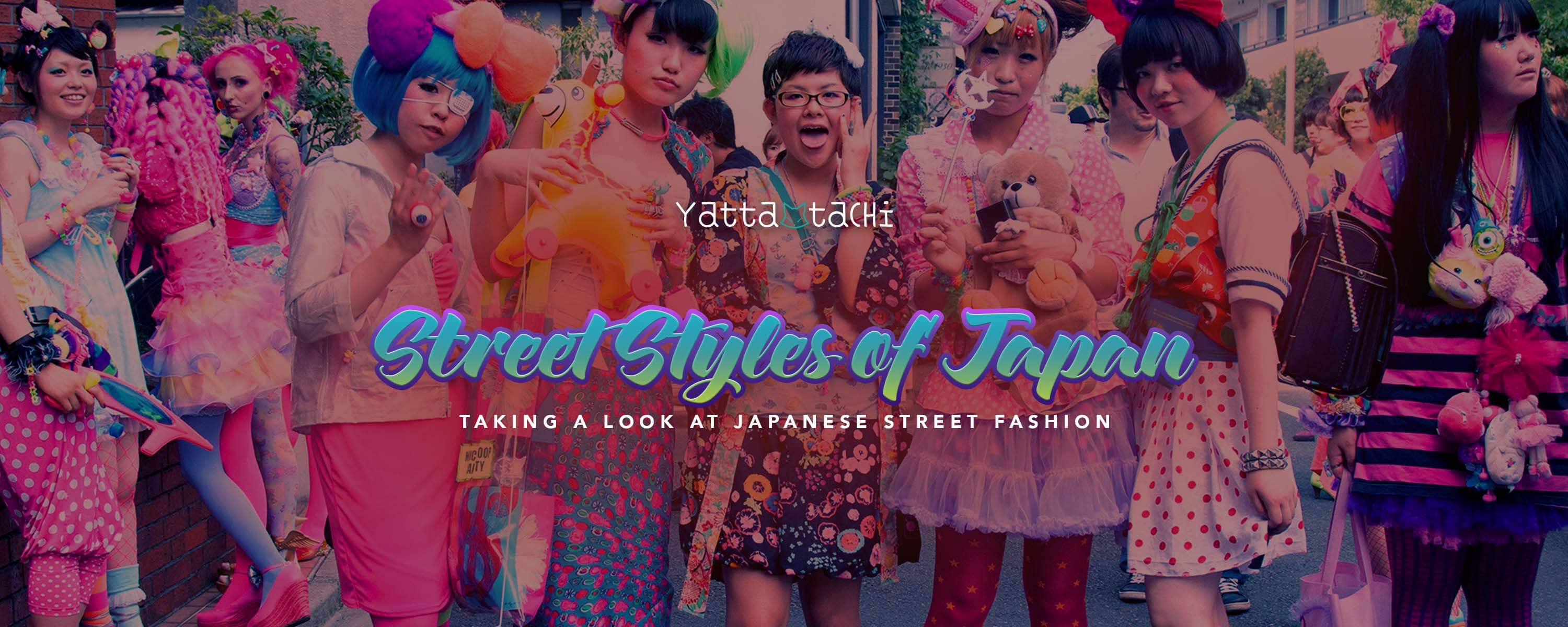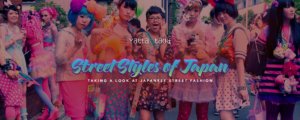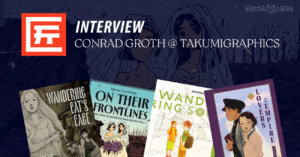Thanks to Gwen Stefani’s 2004 hit, we’ve all heard of a Harajuku girl, but what exactly is a Harajuku girl? Generally speaking, it doesn’t really mean anything – just a generalized term that intrigued Western audiences unaware of Japanese street fashion – but the word Harajuku does derive from a famous district of Tokyo. Harajuku serves as the nucleus to all things fashion and street style largely around the world. In other words, a Harajuku girl could universally mean any girl walking the streets in “street style”, but like any art form, generalizing fashion as such does not honor the intricacies and passion that it carries (and what about the boys?!). There are a myriad of different styles, themes, colors, and subcategories that make up the foundation of Japanese street style, and they can easily be spotted in the Aoyama, Ginza, Odaiba, Shinjuku, and Shibuya districts as well.
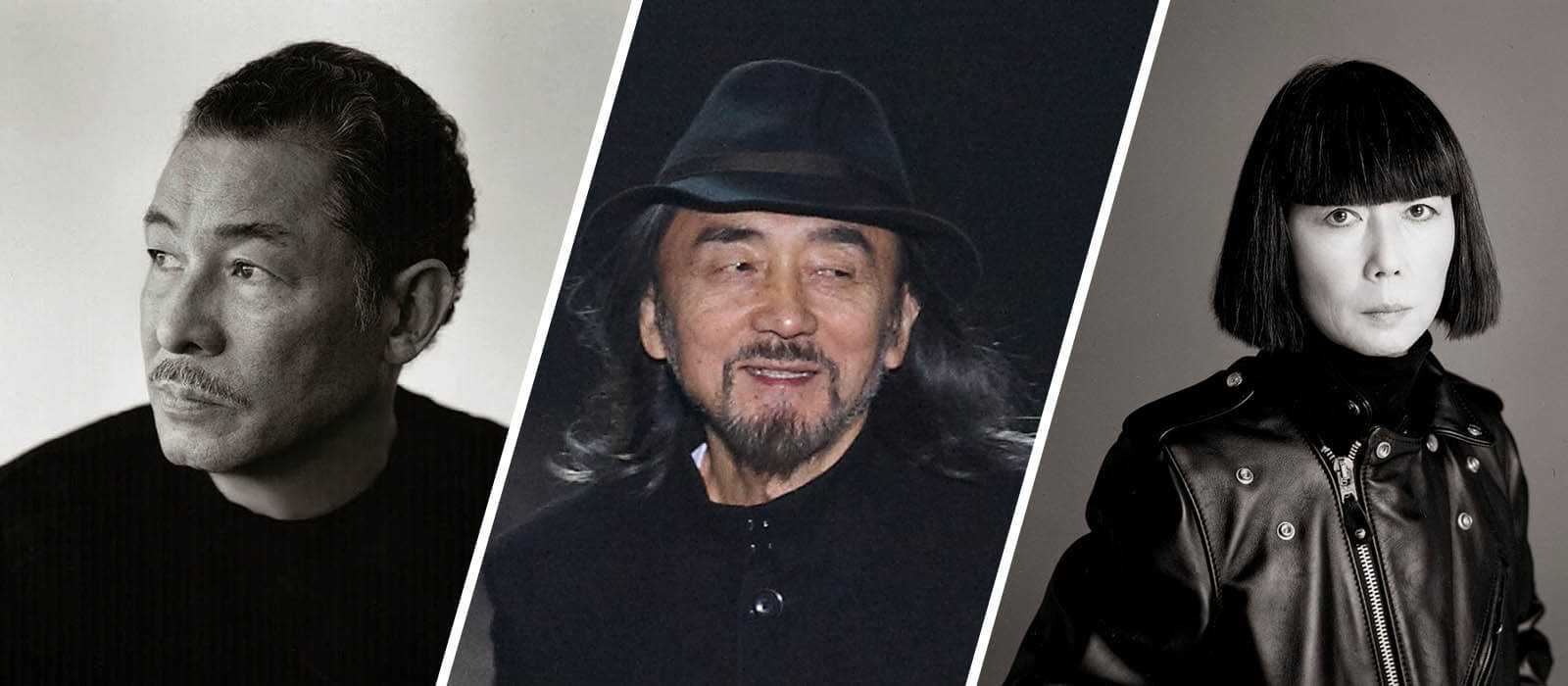
It started with the rise of three designers – Issey Miyake, Yohji Yamamoto, and Rei Kawakubo (founder of Comme des Garçons and Dover Street Market). Thanks to their innovative thinking, these three are often revered as the cornerstone brands in Harajuku, beginning in the 1980’s and cultivating to what we know it as today. Fashion and street style during this time spiked in popularity and fostered an original and authentic mode to express oneself, particularly to escape the repetitive drone of work life that ailed Japan. But in 1997, photographer Shoichi Aoki changed the game. His photographs began to document this abundance of individuality and weaved together a story of the streets and its evolution. Aoki published them in the soon-to-be infamous magazine that fashioned a cult following of its own, FRUiTS, and the story continued for decades.
FRUiTS was a huge, integral part of the fashion community, for good reason. It showcased the emerging social trends of Japanese street style, entwined with budding technology in a way that compartmentalized fashion into a roadmap of identifiable themes, which have evolved into what we can recognize today.
Now, let’s get to the good stuff. Here are 14 main categories of Japanese street style (or “Kei”), along with a few subcategories.
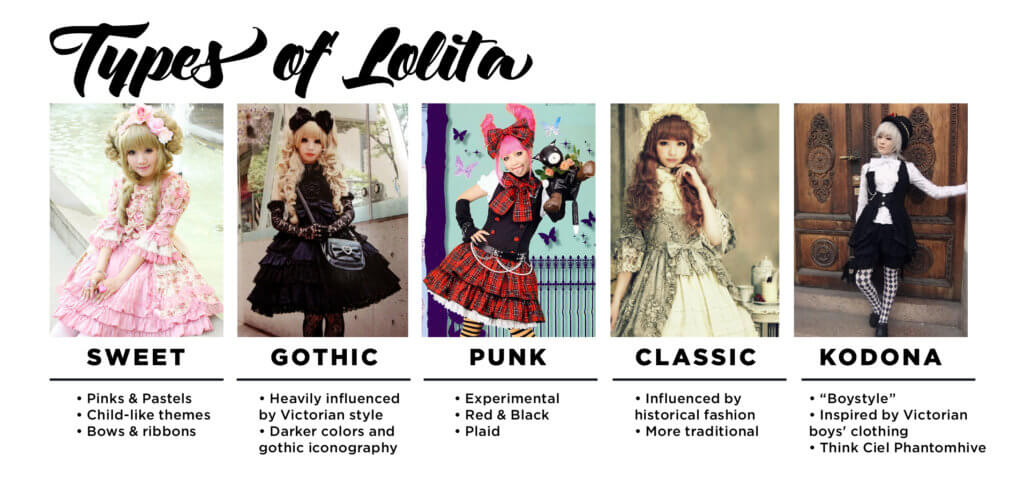
Lolita
Ah, precious, precious Lolita. This cutesy skirt-line silhouette trend is by far the most popular style of street wear, widely recognized not only in Japan, but globally as well. We’ve all seen these cuties parading around cons and the like, but within the general tribe of Lolita, there are five subcategories: Sweet, Gothic, Punk, Classic, and Kodona, each giving off a unique vibe of its own. They also seem to really like tea parties.
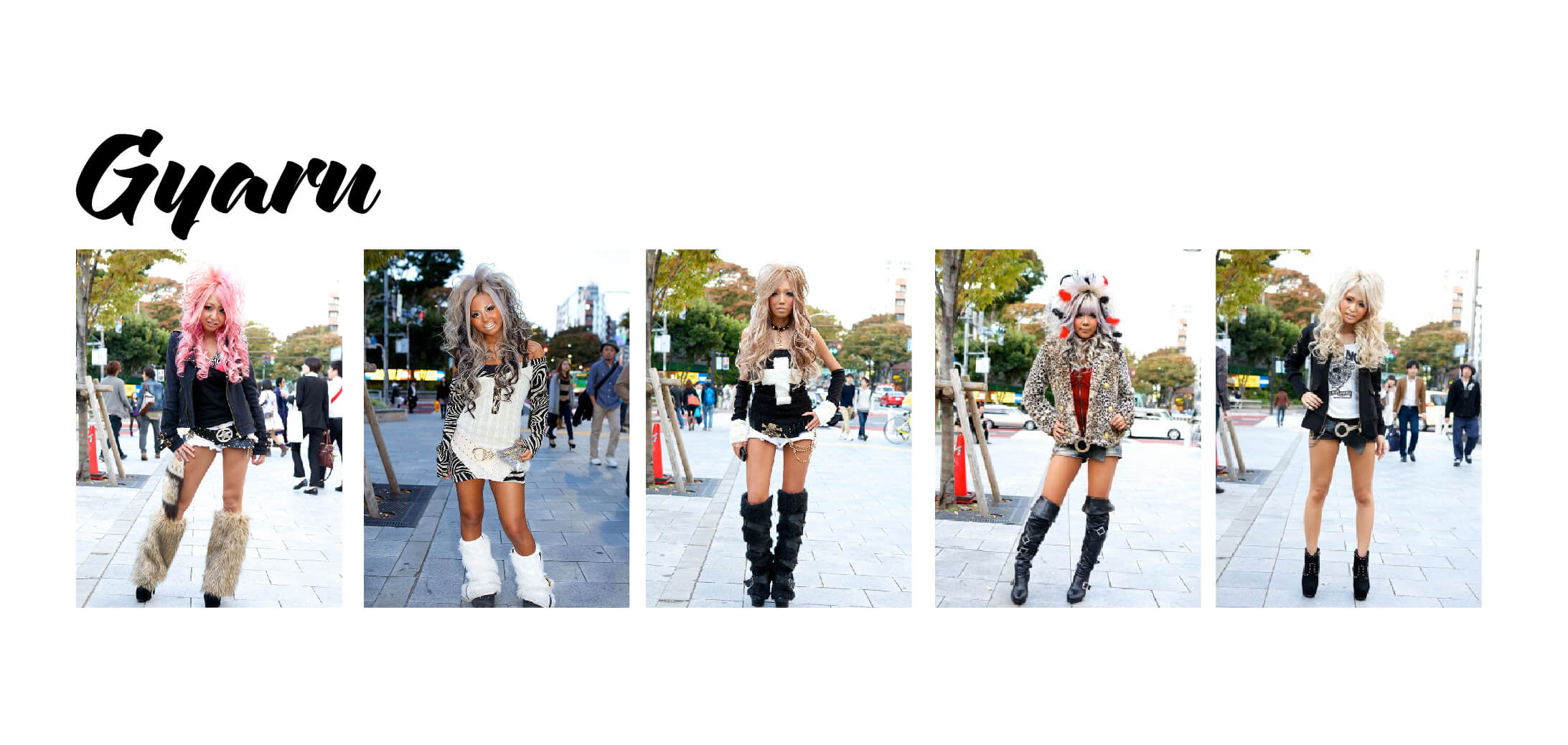
Gyaru
The Japanese-English word for “girl”, Gyaru is a glamorous, girly, over-the-top style that is inspired by Western culture and focuses on the idea of “fake”, meaning fake lashes, fake nails, wigs, and the sort. They even have these things called “Gal Circles” where Gyarus meet up and hang out together, “like omg totally wow”.
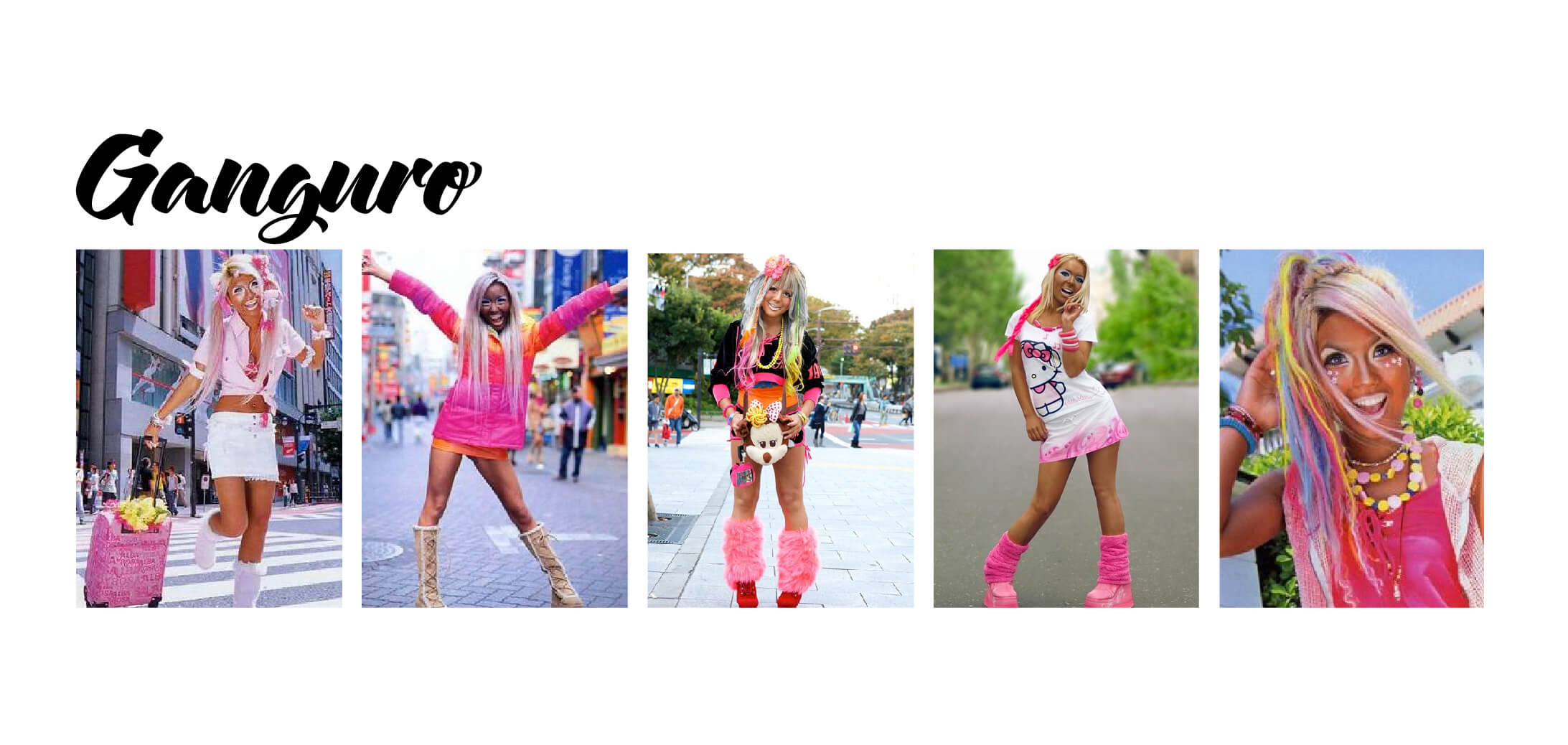
Ganguro
Ganguro is a subcategory of Gyaru, originating in the early 1990’s and peaking in the early 2000’s. Ganguro’s best-known traits are dark, tanned skin with bleach-blonde hair and white eyeliner, but can also include bright outfits, mini-skirts, and platform shoes. It’s no longer popular, but remains one of the most recognized forms of street style, and is still portrayed in anime on occasion.
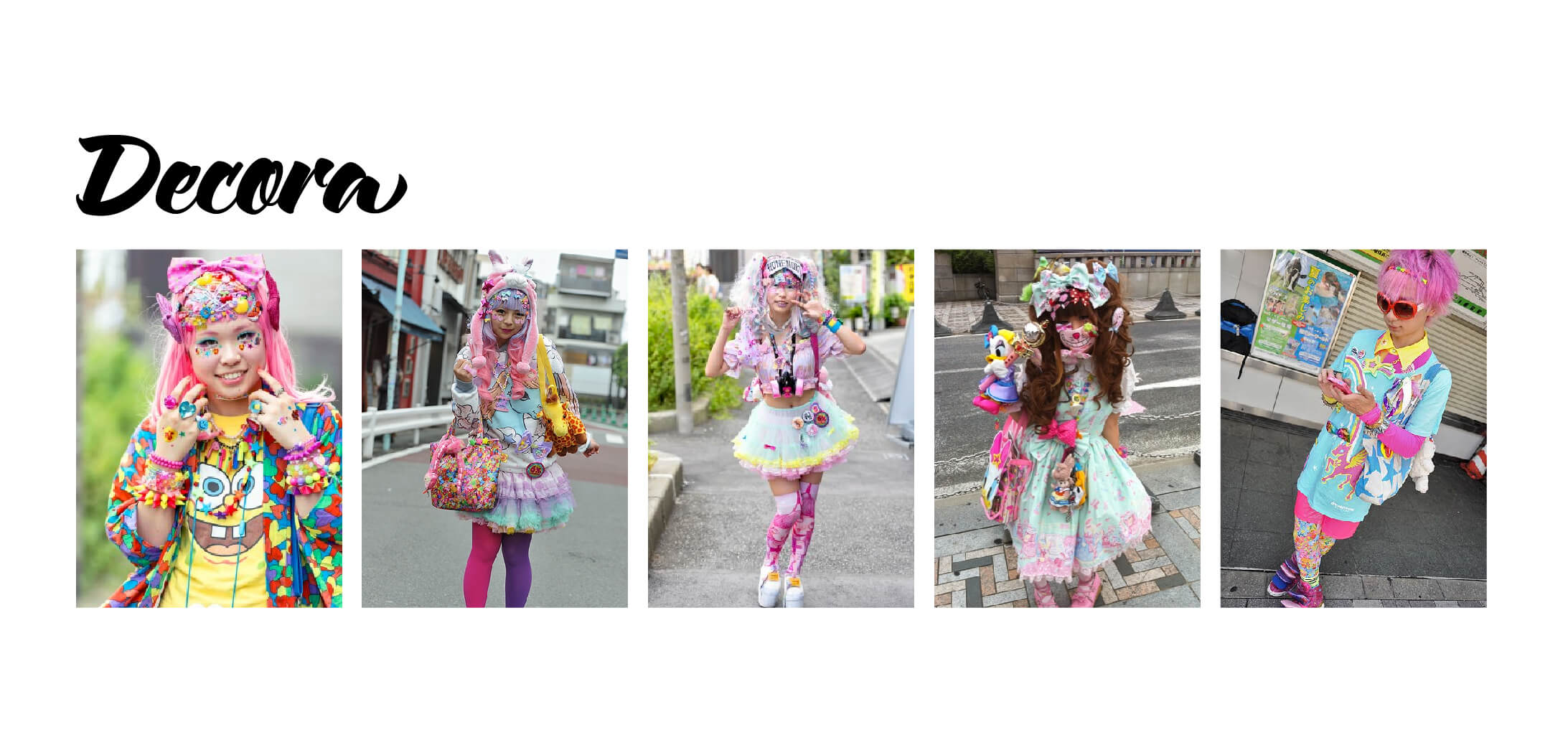
Decora
IN 👏 YOUR 👏 FACE 👏 Decora style started in the late 1990’s and rose to huge heights both inside Japan and out. Neon and/or pastel colors are a must to join this club, and of course a crap-ton of accessories. Layer on as many cute things as you can and you’ve got Decora. As the years progressed, Decora was eventually overshadowed by its comparable successor, Fairy Kei, but still remains quite popular in other parts of the world.

Fairy Kei
Sweet, sweet Fairy Kei, also known as Spank Style. Think of everything good and pure in the world, and that’s Fairy Kei. Adorned with pastel, baby, and angel motifs, Fairy Kei carries a child-like composure. Elements from Western toy lines are popular with this style, especially those from the 80’s-90’s, like My Little Pony, Care Bears, and Rainbow Bright. If you have pastel hair, you get bonus points.
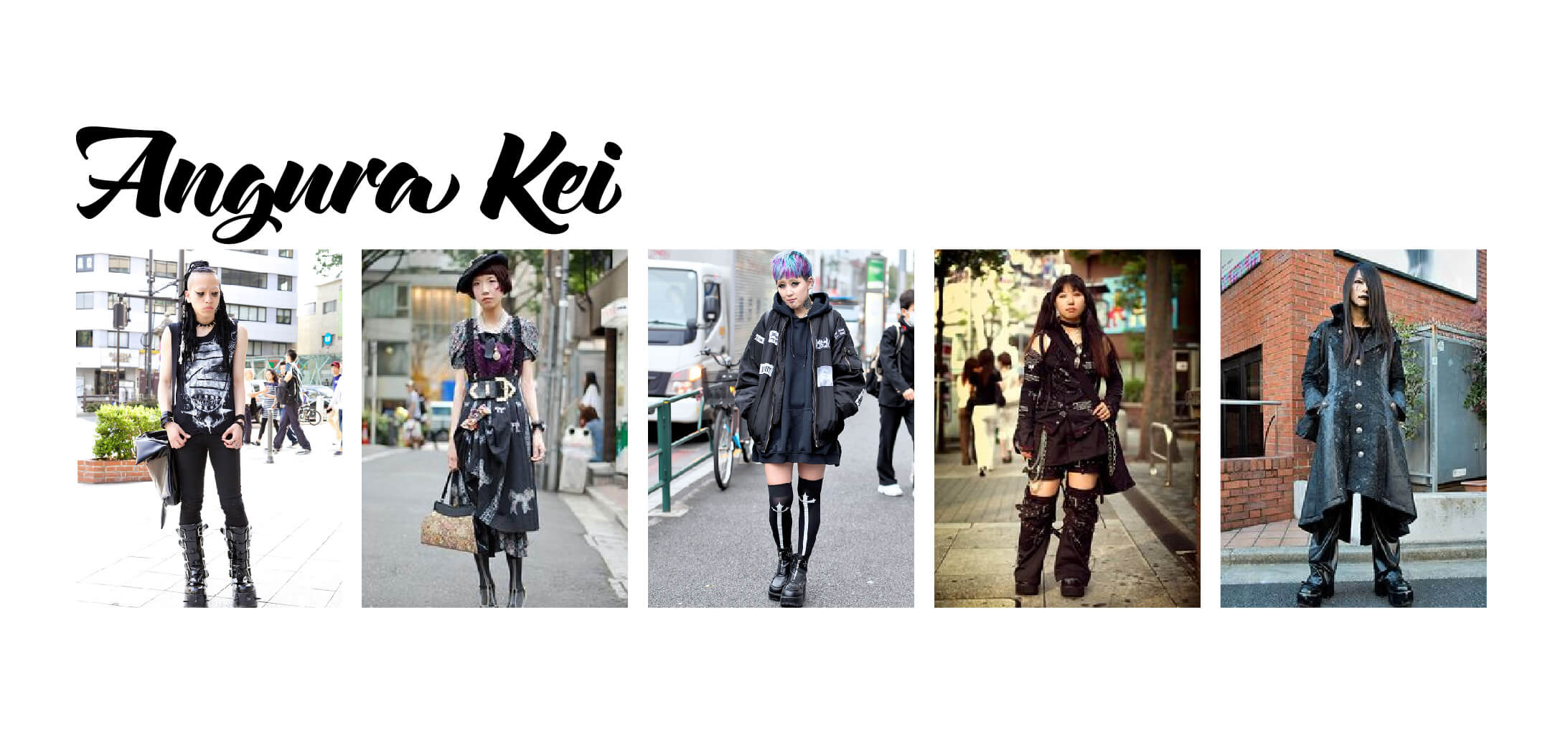
Angura Kei
Enter the complete opposite of cute and bubbly – Angura Kei. Also known as what I like to call, the XxXcore of Kei styles. It is the blackest and darkest tribe, comparing itself to the modern goth. Not unlike other styles of street wear, Angura was heavily influenced by underground music, including but not limited to MUCC, Metronome, and Floppy. Spikes and chains welcomed.
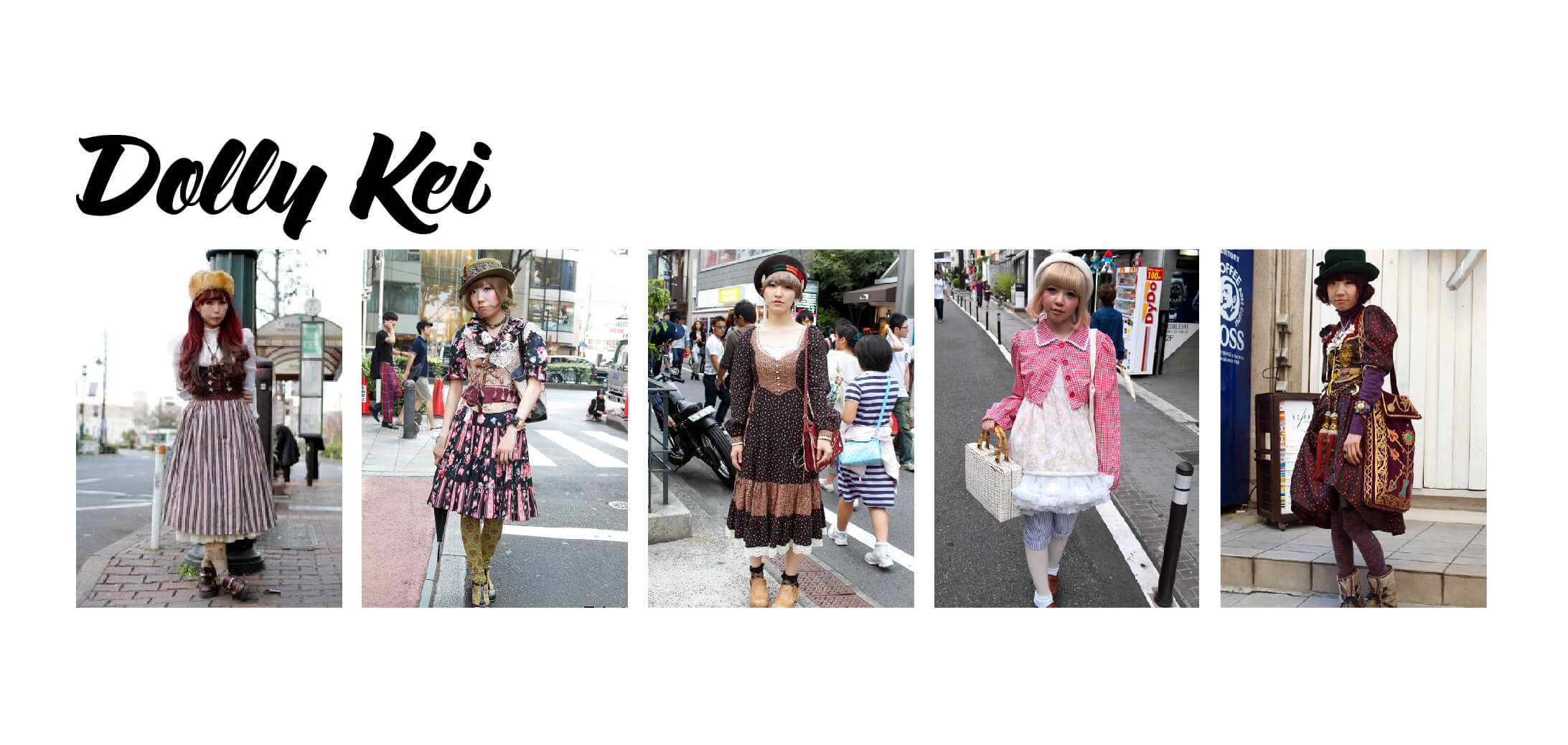
Dolly Kei
Ranging from creepy to cute, Dolly Kei’s goal is to mimic antique dolls with vintage-inspired clothing. Fairy tales, like the stories of the Brothers Grimm and Hans Christian Andersen, as well as the history of the Middle Ages, are a big inspiration behind this lovely style, and mixing patterns and textures is a must. From light beiges and lace to deep jewel tones and black, Dolly Kei has a surplus of looks, but they all leave hauntingly beautiful impressions. To find this look, check out Japan’s famous Grimoire store.
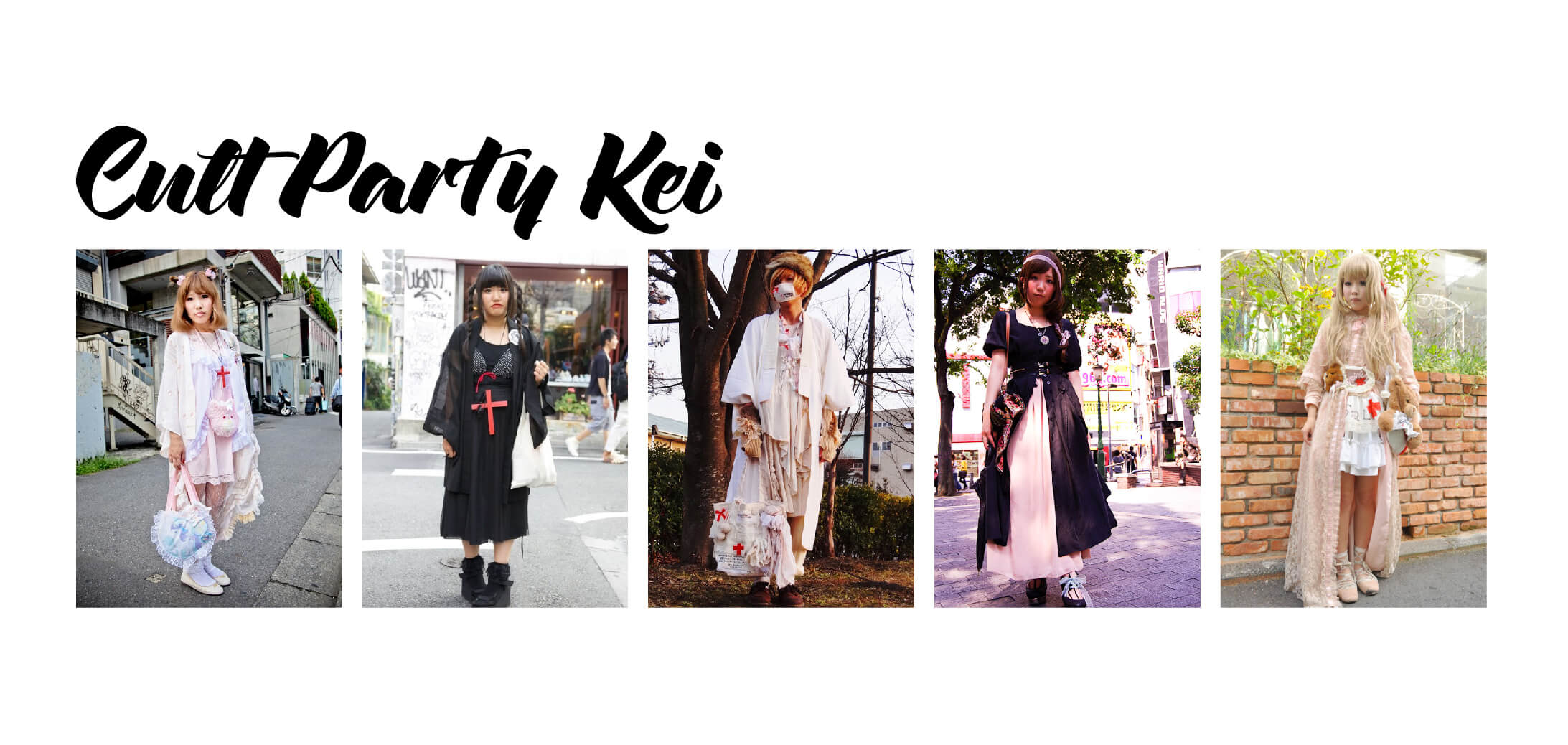
Cult Party Kei
Once upon a time, there lived a Harajuku shop called Cult Party (now known as the Virgin Mary). From this humble shop came Cult Party Kei, which reflects heavily on religious symbols and artifacts, such as crosses and bibles. Whether you subscribe to the “dark” or “light” tribes of this style, the popular contenders in texture are yarn, layers of fabric, and lace. Hair and make-up tend to be a little subdued, and many consider it to be a subcategory of Dolly Kei.
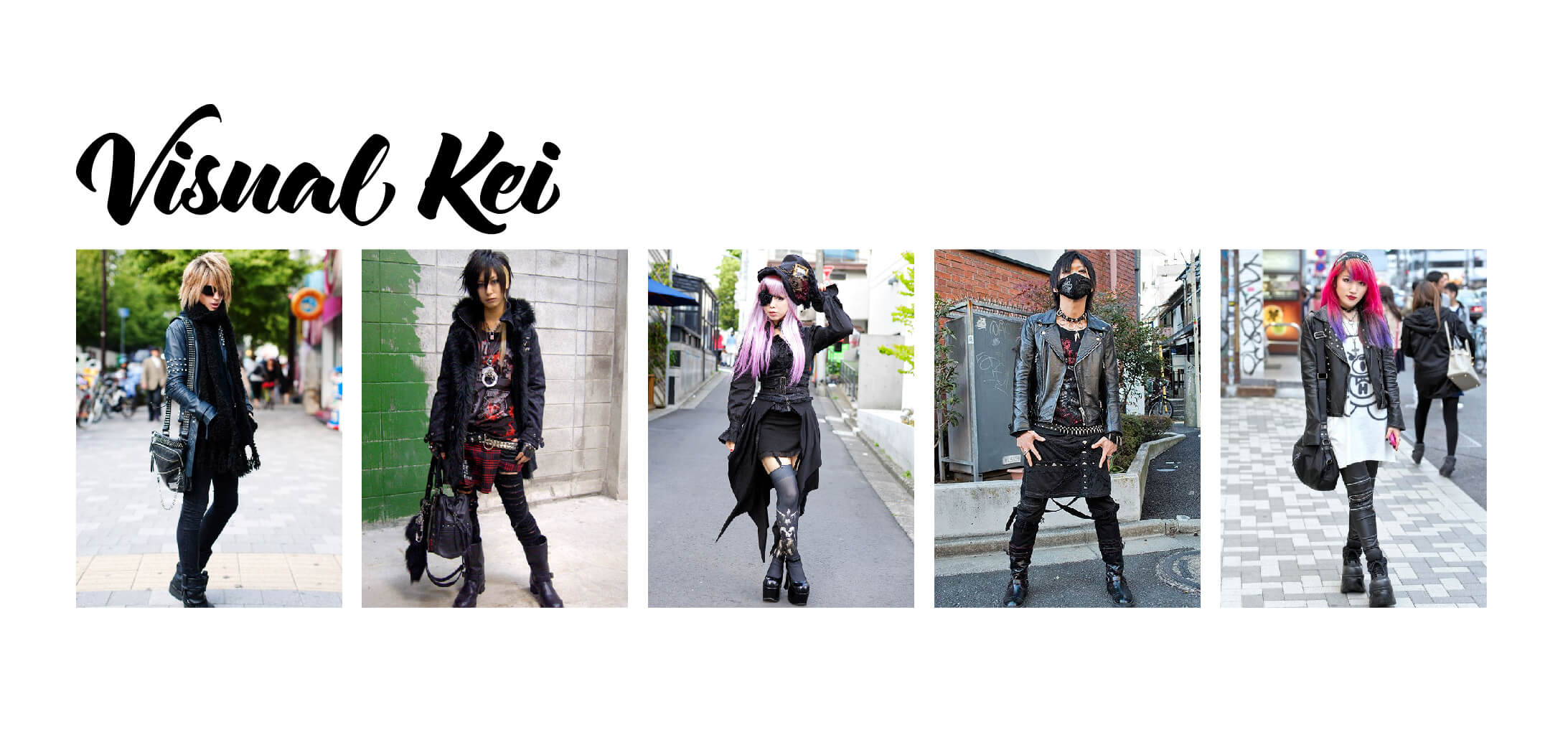
Visual Kei
LEATHER AND LOUD NOISES. What a gift to mankind Visual Kei is. Created in the mid-1980’s, Japanese musicians inspired this look with their flamboyant hair and unusual costumes, not unlike the glam rock hair bands from the West. Influential bands for this style include X Japan, The Gazette, and L’Arc en Ciel, but one of the more interesting themes of this style is the prevalence of androgyny. Is it a girl? Is it a guy? Who cares, they’re hot.
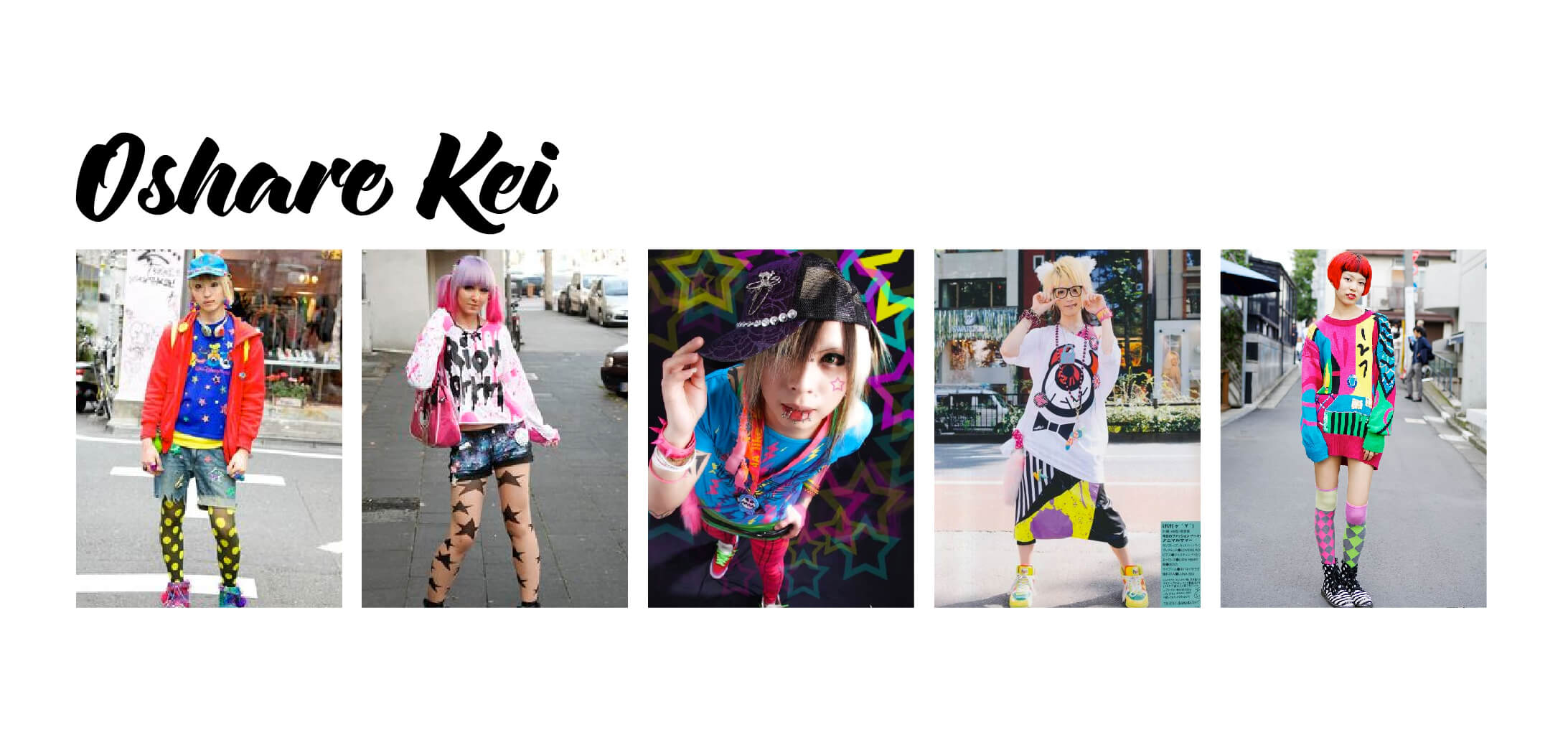
Oshare Kei
Oshare Kei is the “feel good” subset of Visual Kei. Translating to “fashion conscience”, it focuses on mixing vibrant colors, shapes, and patterns to create an effect similar to Visual, but a little less metal. Had this come to the States in the mid-2000’s, I’d like to believe scene kids would be ALL OVER THIS. Facial piercings tend to be a big thing in Oshare Kei, as well as colored contacts and eyeliner. Oshare Kei was also heavily influenced by musical artists, such as An Café, and tends to promote a more positive message, like to be happy and treasure your friends.
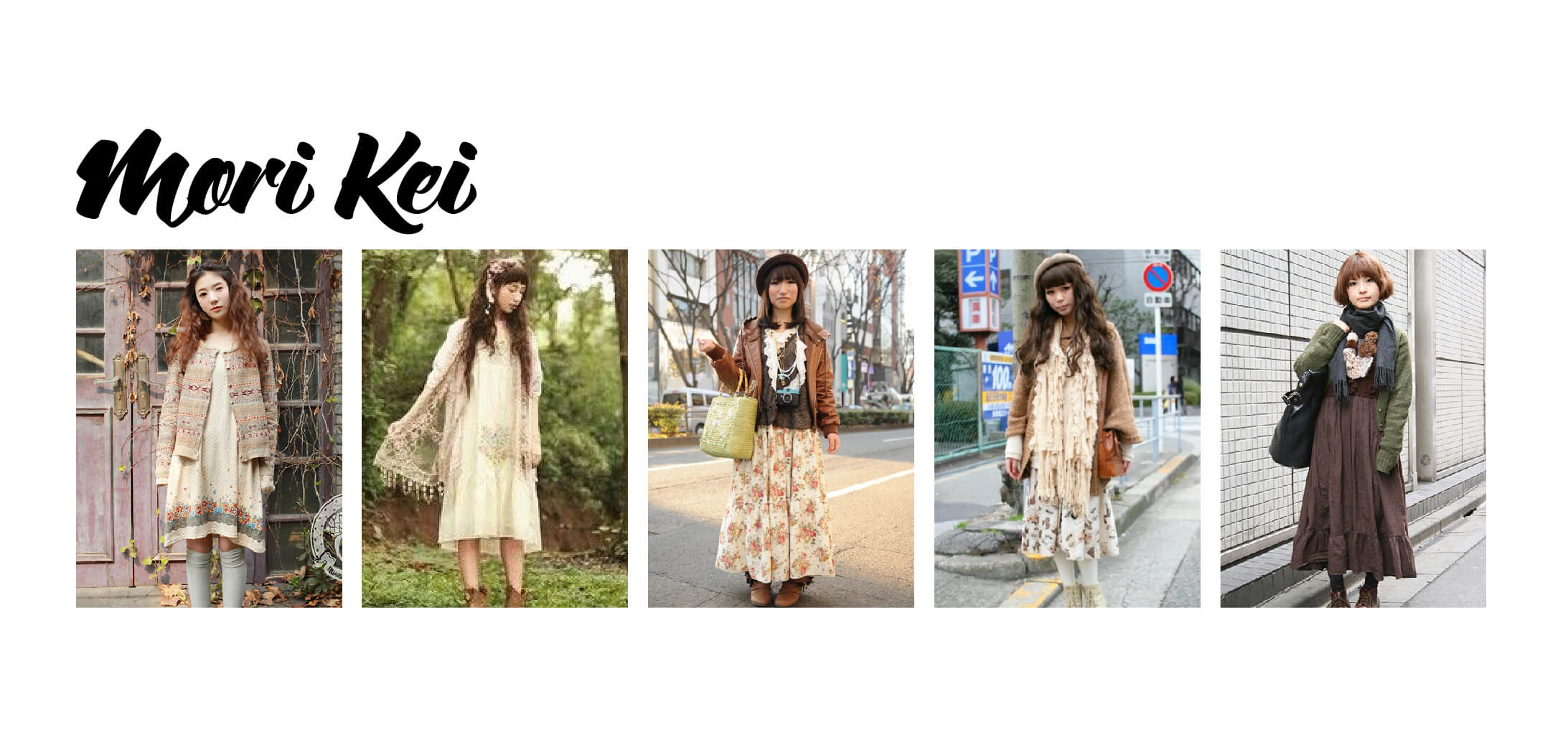
Mori Kei
All things earthy and natural, Mori Kei embodies loose-fitting layers with soft colors. Browns, greens, and beiges are common with these forest fairies, accompanied by natural hair and makeup. In fact, “Mori” actually translates to “Forest”, so if you want to get in touch with your natural side, this is your clan. Tree-hugging not necessary, but probably encouraged.
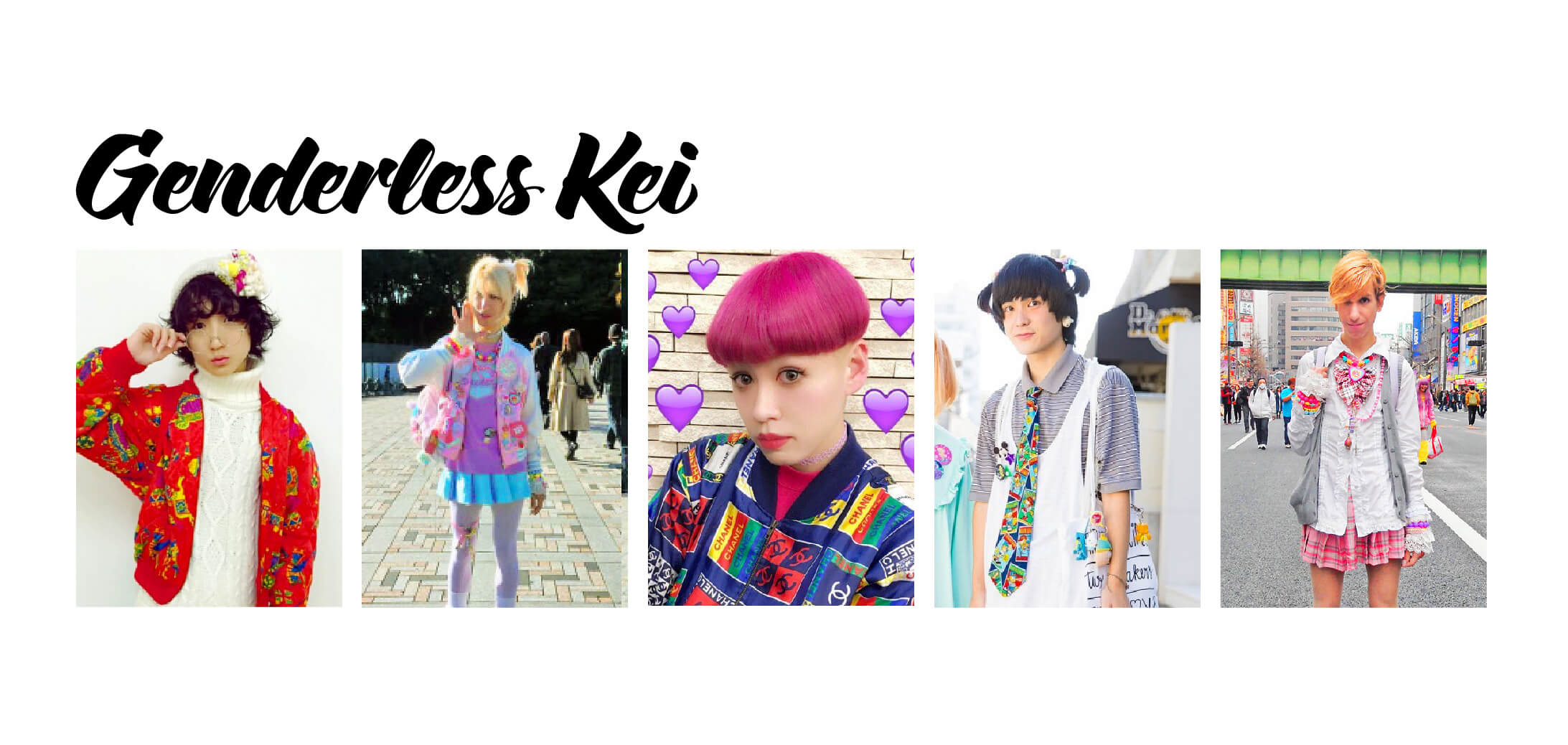
Genderless Kei
Genderless Kei can be misleading, so let’s take a look. It’s a style in which boys take on kawaii looks, not because they yearn to be female, but rather to bend the gender standard of beauty in Japan. In fact, many Genderless Kei participants are straight; they just appreciate the aesthetic and make it more a fashion choice than a sexuality choice. Of course, that’s not to say some don’t identify as LGBT, but with gay rights becoming a limelight topic in recent years, the trend took off with popularity and continues to gain momentum.
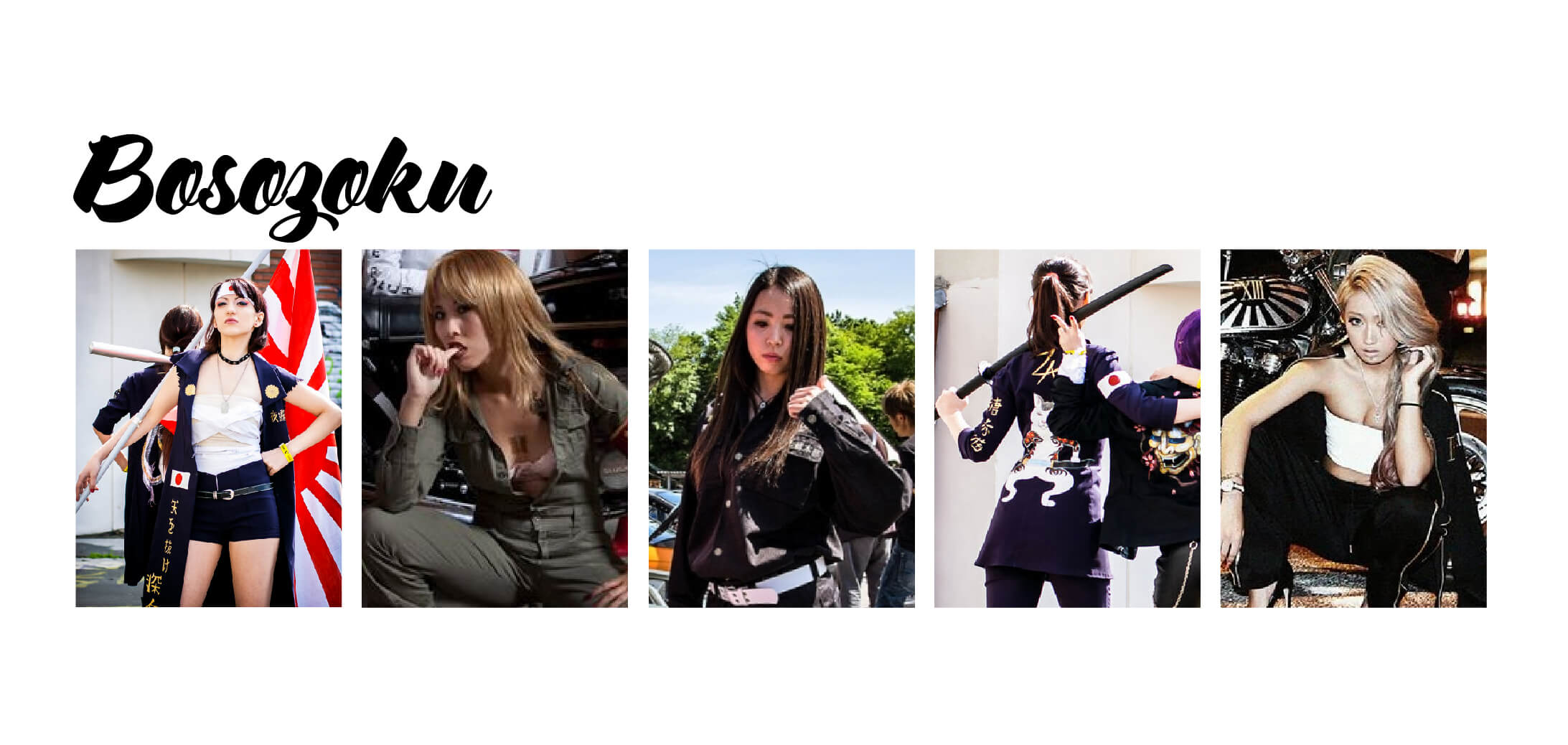
Bosozoku
A good rule of thumb is to never mess with those that sport the Bosozoku look. It’s meant to portray a yakuza-like image, and is usually supplemented with a motorcycle nearby. The look hasn’t been popular since the 90’s, but can still be found in otaku media; think Great Teacher Onizuka. The main components of a Bosozoku outfit include military-style coats adorned with kanji slogans that drape open over a bare (or bandaged) chest, with baggy pants and combat boots. They’re (probably) harmless, but look tough as nails.
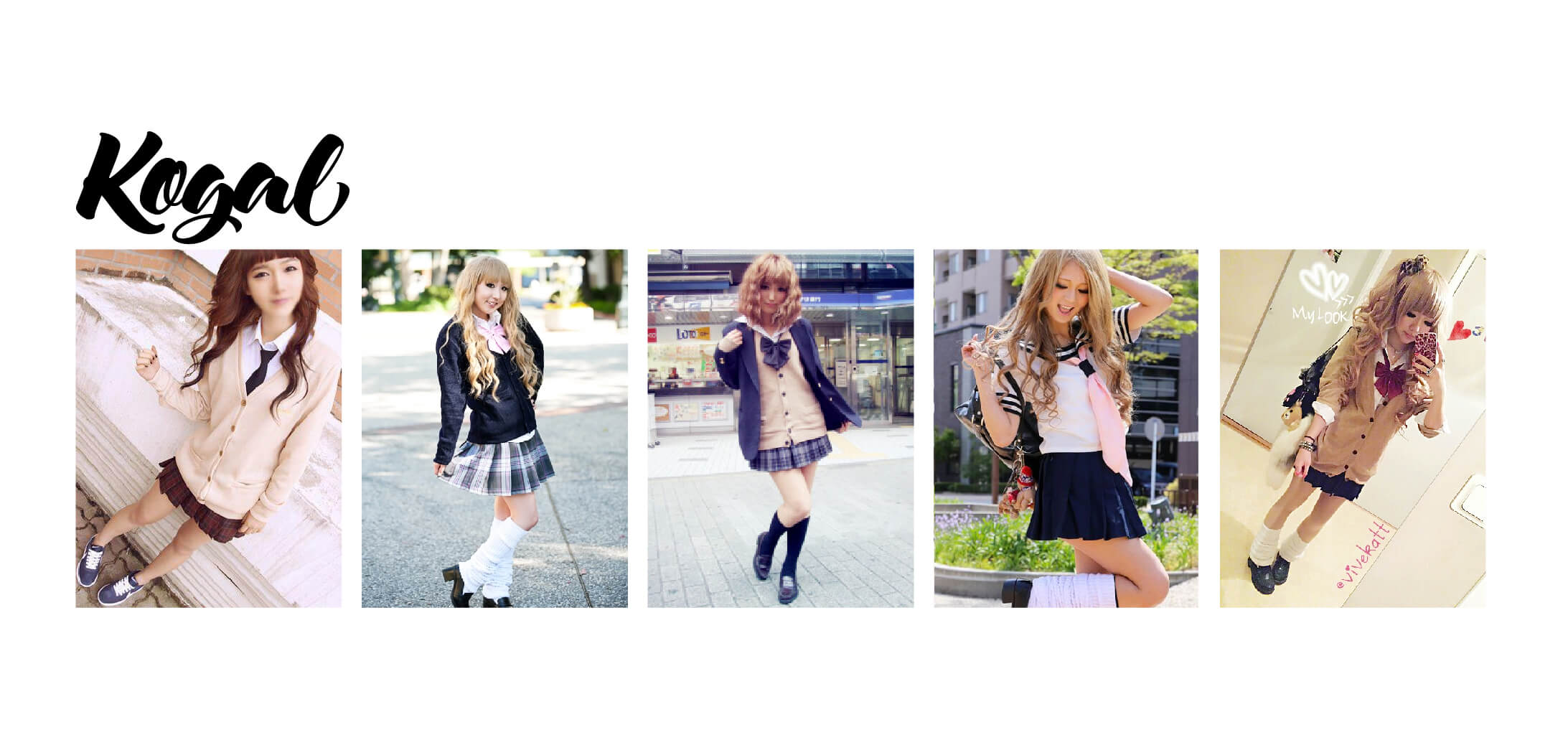
Kogal
This style is, not surprisingly, inspired by Japanese high school uniforms and is often adorned with loose socks and short skirts. It became prevalent in the 1990’s, especially in anime, but has since declined. Some say this street style clique is for students still in school that don’t really have a choice in fashion… and there’s probably truth to that. Stay in school, kids.
﹋﹋﹋﹋﹋﹋﹋﹋﹋﹋﹋﹋
So what’s not to love about Japanese street style? There’s a faction for everyone, no matter what the visual aesthetic. But surprisingly, the street style enthusiasts of Japan have been on the decline in recent years. Harajuku and its reputation have exploded in popularity so much that many locals have grown a distaste for the dramatic increase in tourists, and have been chased out – they would rather not be put up on display for photographing and gawking, at least not to the degree it’s become today. This is a real shame, since the effect has snowballed into many clothing boutiques that are native to Harajuku closing their doors. Tourists may visit them out of novelty, but their sustaining sales come from the locals, who are sadly just not there anymore.
But rest assured, the core of what Harajuku stands for is originality, innovation, and brand new things. There are several new styles slowly on the rise, like Genderless Kei and Peco Kei, which we haven’t even discussed, that has the potential to replace the old fads with fresh ones. Many are confident the world of Japanese street style is only on a temporary pause. I think everyone can agree that this world is just too magical to fade away.
Which one is your favorite? Let us know in the comments!
Image Sources: Tokyo Fashion, FRUiTS Magazine, KERA Magazine

Featured Sponsor - JAST
The sweetest romance and the darkest corruption, the biggest titles and the indie darlings; for visual novels and eroge, there's nowhere better.
Big thank you to our supporters
From their continous support, we are able to pay our team for their time and hard work on the site.
We have a Thank-You page dedicated to those who help us continue the work that we’ve been doing.
See our thank you page